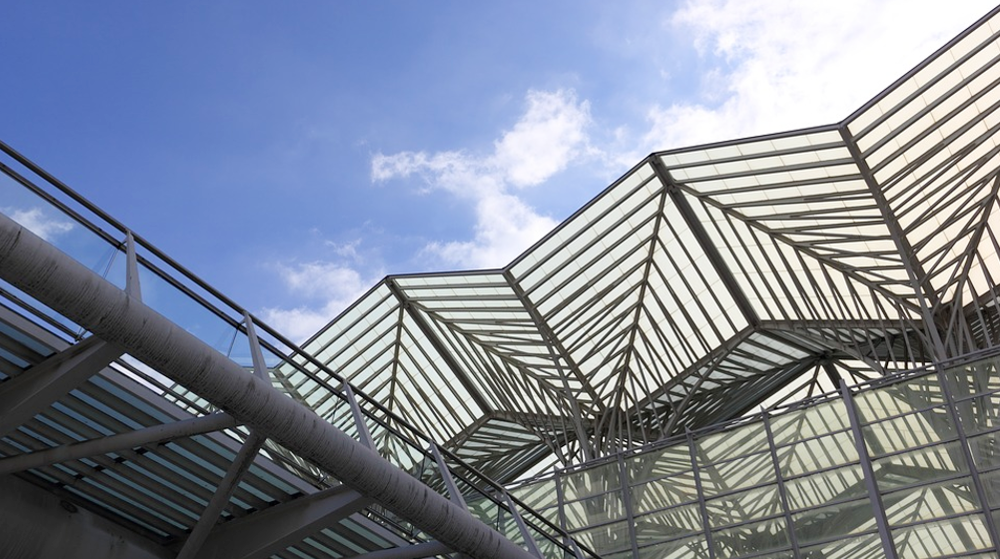Trade shows provide promising opportunities for both exhibitors and visitors. While companies use the events for product presentations and customer acquisitions, visitors can learn about the latest industry developments. However, the benefits of trade shows can only be fully exploited if the local climatic conditions are optimally controlled…
Trade shows provide promising opportunities for both exhibitors and visitors. While companies use the events for product presentations and customer acquisitions, visitors can learn about the latest industry developments. However, the benefits of trade shows can only be fully exploited if the local climatic conditions are optimally controlled…
Why are trade show events so popular with consumers and businesses?
Despite the modern diversity of different channels, the classic trade fair is and remains one of the most effective marketing and sales instruments. Above all, direct face-to-face communication is an essential strength of trade fair events in this context. In this way, potential customers can be reached better at an emotional level through a personal conversation. This makes it much easier for exhibitors to acquire customers. In addition, there is a unique atmosphere at trade fairs, which significantly increases both the willingness to talk and to buy. As the presentation and interaction options at trade fairs are becoming ever more extensive, nowadays a visit is a real experience for many entrepreneurs and customers. Thus, the attractiveness of events of this kind is increasing.
Why is the indoor climate so important for the success of an exhibition?
In order that the typical trade show atmosphere can arise at all, optimal climate conditions are mandatory. They influence the general mood of the visitors in different ways. In principle, temperature, humidity and illumination are the most important factors of the climate composition. While a room that is too hot lets visitors flee into the outdoor areas, too cold temperatures quickly trigger an uncomfortable body sensation. In terms of humidity, especially dry air is a negative factor. A high dryness irritates eyes and mucous membranes, which affects the overall mood negatively. Optimum illumination, on the other hand, prevents people from becoming tired.
How can indoor climate be measured?
The first optimization measure in terms of climatic conditions should be a comprehensive analysis of the actual conditions. With the help of indoor climate measurement devices, the influencing factors can be recorded numerically, which simplifies the identification of prevailing deficiencies significantly. For this task, for example, the industrial measuring devices from Lufft are suitable. Accurate climate monitoring not only includes measurement technology such as temperature and humidity measuring devices, but also data loggers and evaluation software. In addition to temperature, humidity and lighting, many measuring instruments also have an analysis function for the chemical composition of the air. In this context, it’s most relevant to record the CO2 values. The Lufft OPUS20 is both a data logger and a measurement device and thus takes over several of the mentioned tasks simultaneously.
How can the indoor climate be influenced at trade fairs?
The aim of the climate control at trade shows is to keep the optimum conditions stable. Therefore, portable exhibition booths should not only be tempered pleasantly, but also continuously supplied with fresh air. In order to accomplish these tasks, high performance heating and air conditioning systems are necessary. In addition to the regulation of influencing factors, the plants must continue to work as efficiently as possible to keep energy costs in check. Usually this works with the help of fully automatic control systems that regulate the system on the basis of the actual recorded data. It’s also important to hide the climate control for visitors, as this also could affect the trade fair atmosphere negatively. Thus, not only the system itself, but also associated cables must be installed cleverly.
Conclusion
In principle, the optimal indoor climate always prevails if it isn’t noticed by the visitors. To achieve this, especially the used measurement devices are essential for the climate control. They form a basis for the subsequent influence.



